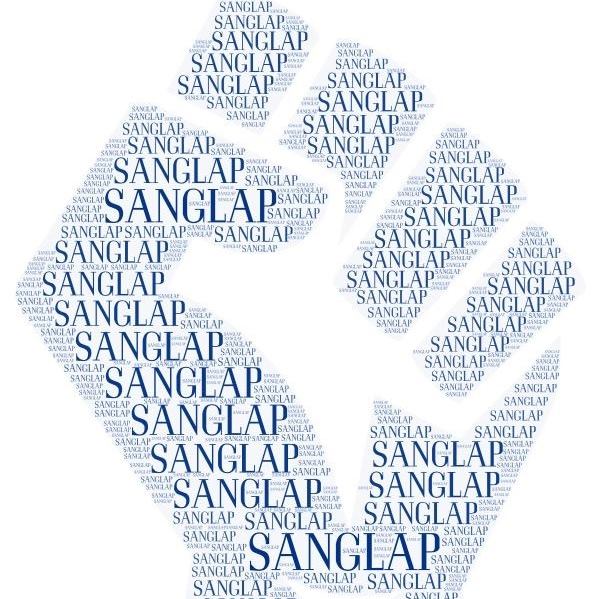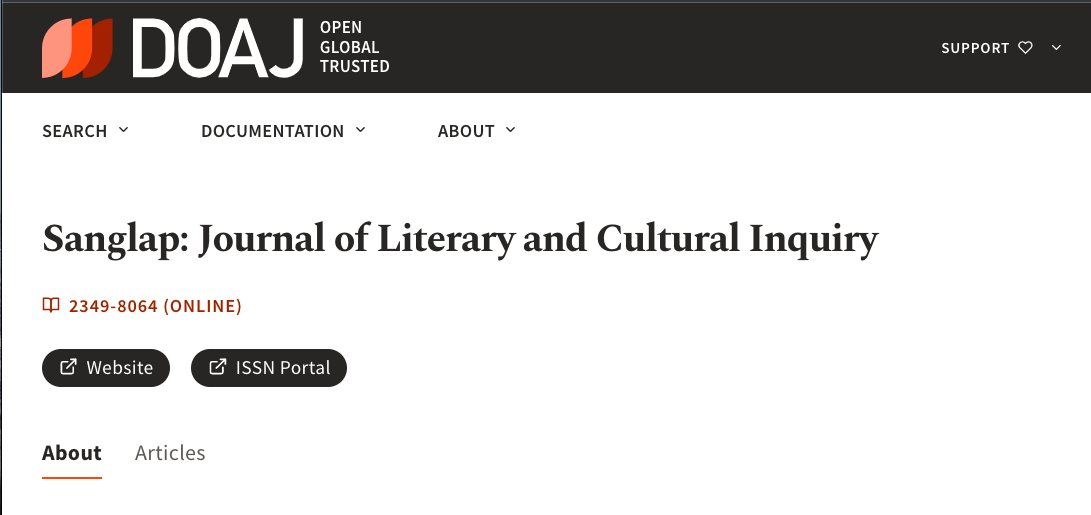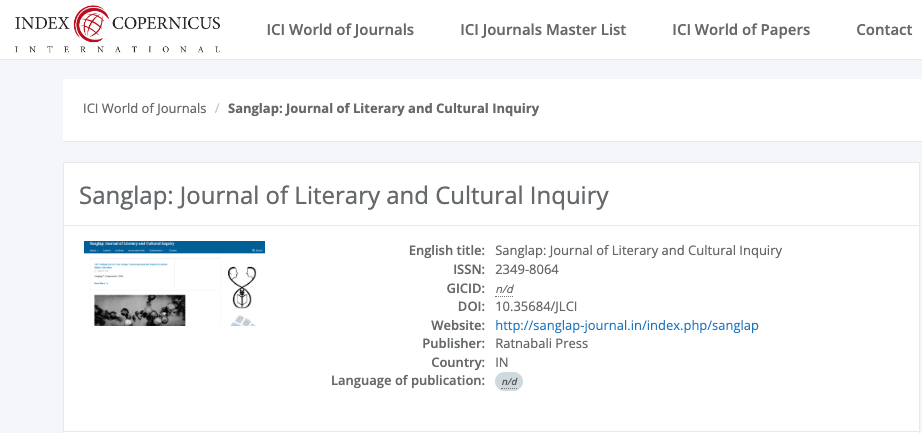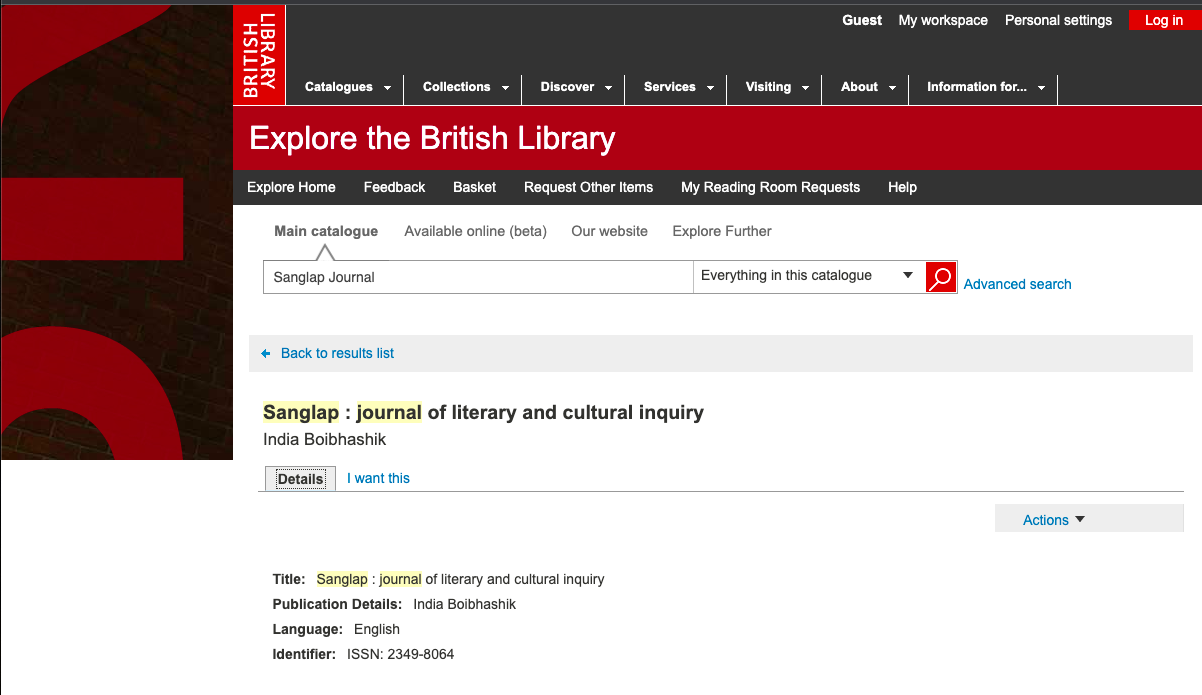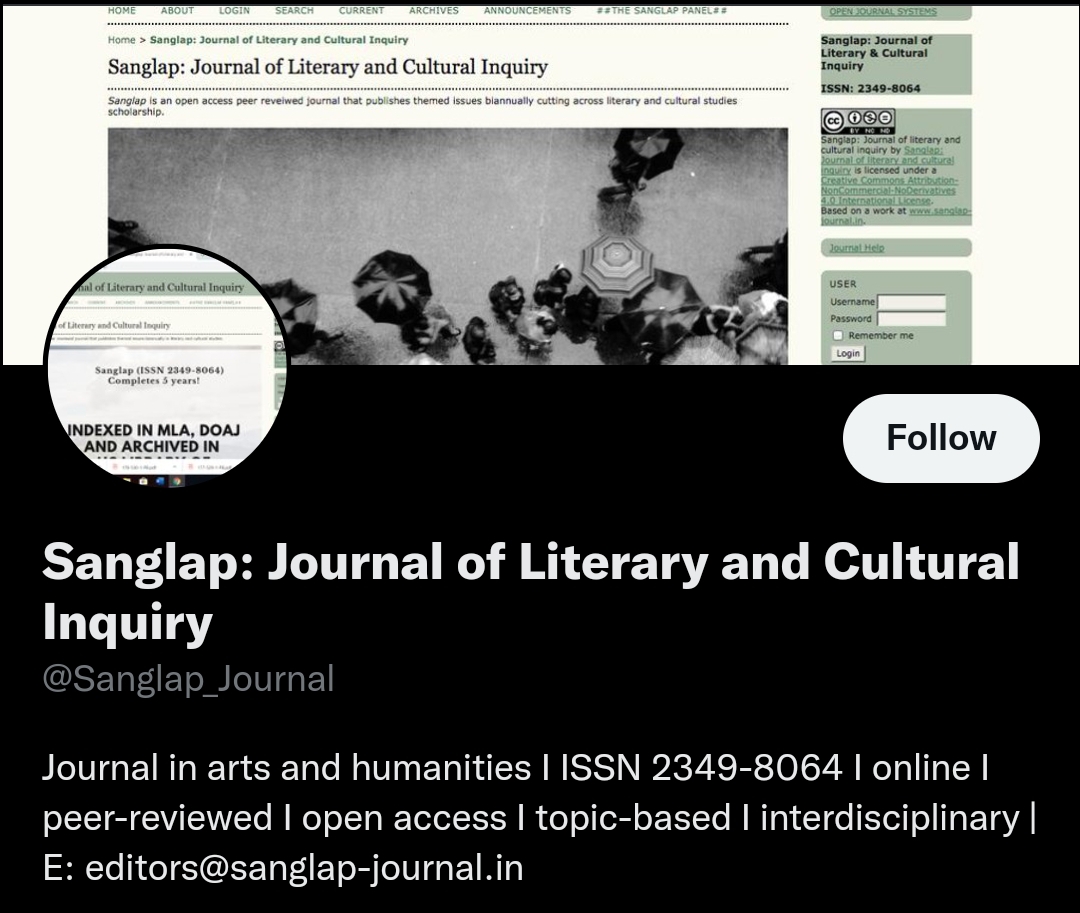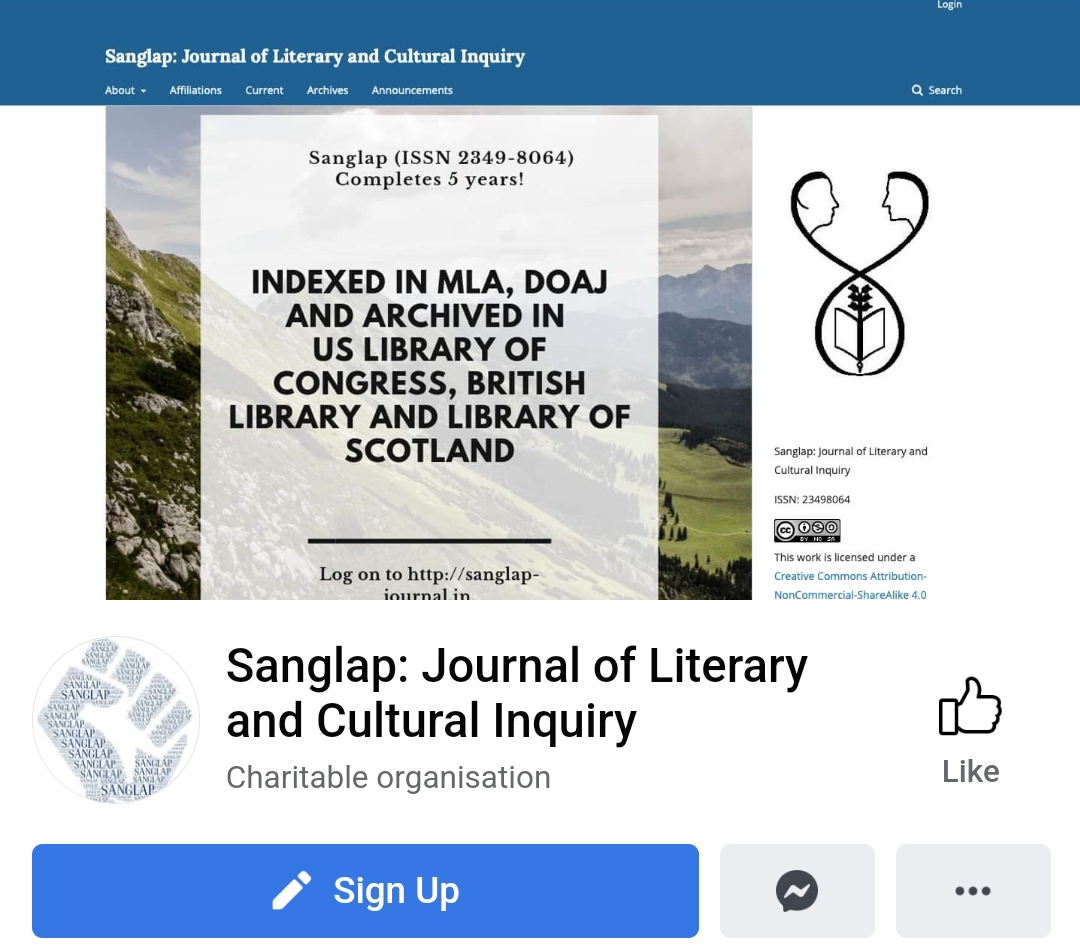A Psycho-semiotic Study of Lexical Choice in Urdu News Media
DOI:
https://doi.org/10.35684/JLCI.2022.9105Keywords:
Semiotics, Lexical diversity, Lexical choice, Sign, Meaning, PragmaticsAbstract
Language is the primary means of human communication in which the addresser uses a given linguistic sign to arouse a specific set of meaning(s) in the addressee. The term meaning is used here to refer to the images, interpretations and feelings or signification aroused by a particular sign or lexical item. In other words, communication takes place when there is a correspondence of meaning/ signification between the communicator and the receiver.
Lexical diversity is a significant aspect of Urdu news media. It occurs due to the fact that the news editors, belonging to diverse news agencies, choose from diverse lexical resources at their disposal to convey the same message in their own style and as per their own needs. However, it needs to be considered that the linguistic signs/ words are not just useless or insignificant entities that are used haphazardly and randomly. They have a certain role and signification and are used with certain intent by the news editors while framing the news items. It is clear that meaning of these signs/lexical items depends upon a host of factors including their collocation, socio-cultural setting and context of use. As such, these language symbols are selected and utilized very consciously and systematically by the news editors and, in doing so, they chose and exploit the lexical items in a planned manner to convey the intended message to the audience.
Given this backdrop, the present paper aims to undertake a psycho-semiotic analysis of Urdu news media to throw light on the selective use of lexical items by the news editors according to their background, purpose, and intention.





